Fascinating Geese Facts: Discover the Wonders of these Majestic Birds

Are you aware that a large variety of birds fall under the category of geese? Birds such as ducks and swans are also a part of this family. Explore the world of these majestic creatures and travel back in time over 10 million years, to when they first found their home in North America. Dive into the top 30 intriguing Geese Facts below!
All about Geese: Unveiling Geese Facts
1. Distinguishing the Sexes

Did you know that the term ‘goose’ refers to females and the term ‘gander’ refers to males?
2. Gathering of Geese
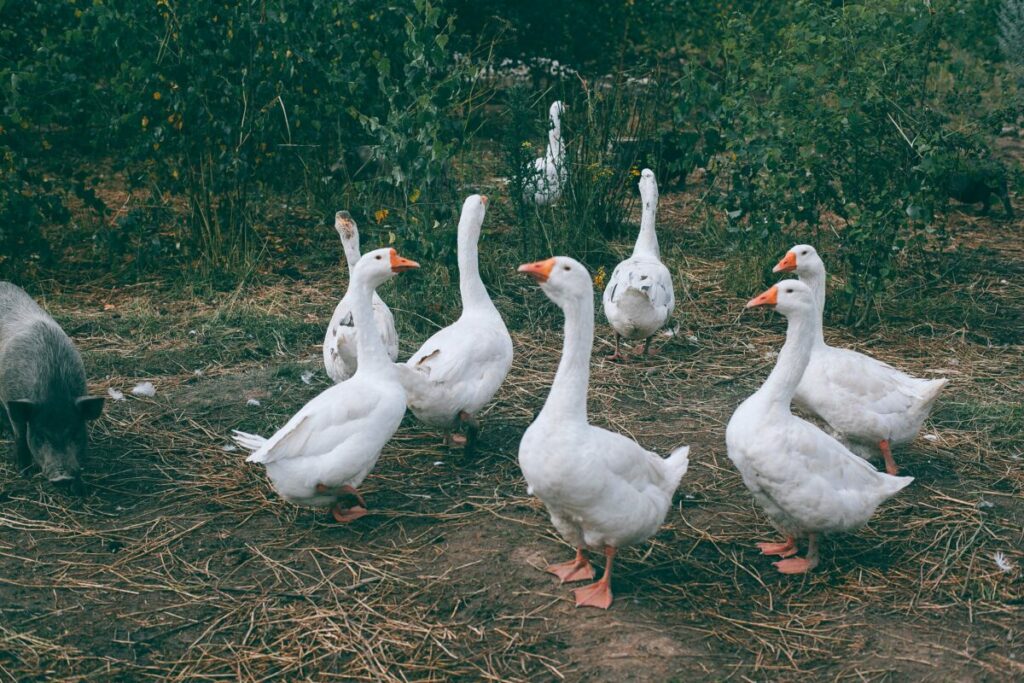
Large congregations of these birds, assembled on the ground, are referred to as a ‘gaggle’.
3. Longevity of Geese
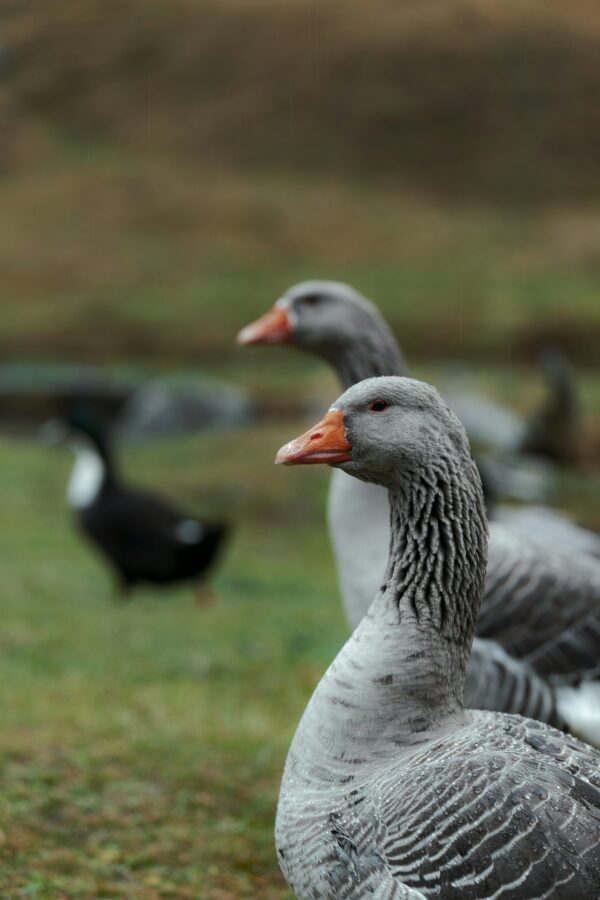
An exciting fact is that geese typically enjoy a lifespan of about 20 years.
4. Marvels of Migration
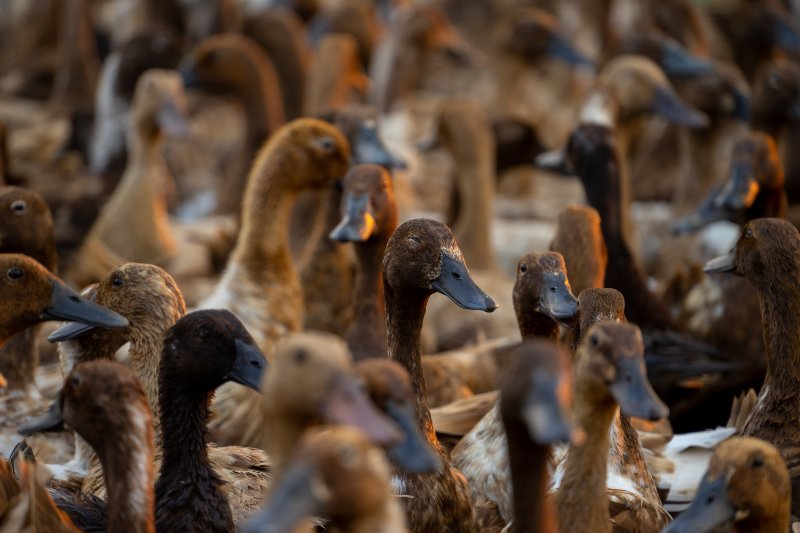
Geese are adept long-distance fliers. These birds may travel several hundred miles to secure food, water and safety.
5. Baby Geese
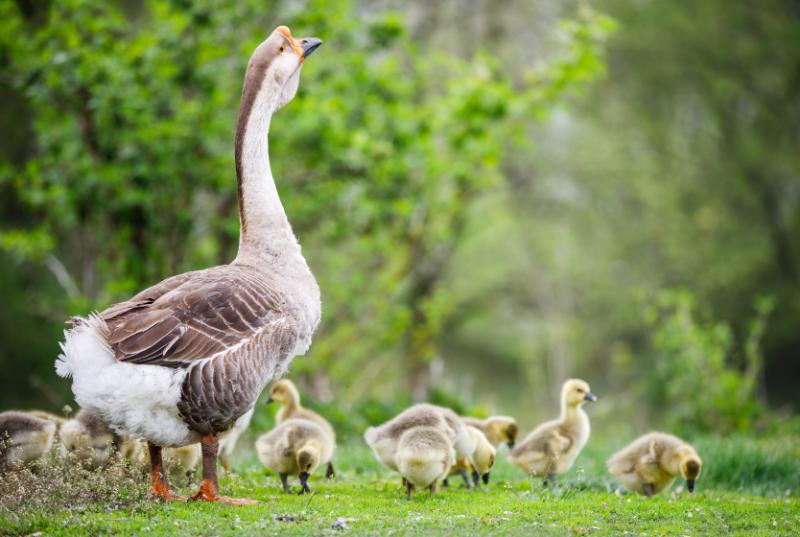
Cute young birds, before they become fledged, are fondly known as ‘goslings’.
6. Popularity of the Species
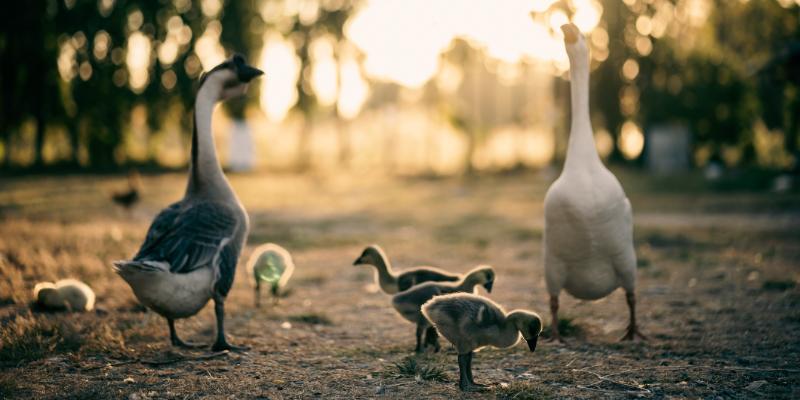
The most popular species of all geese is the Canada Geese. You’d be surprised to learn that these geese naturally occur in distant lands like China, Siberia and Japan. They’ve also made their way to Scandinavia, Germany, Netherlands, Belgium and Great Britain.
7. Defensive Nature
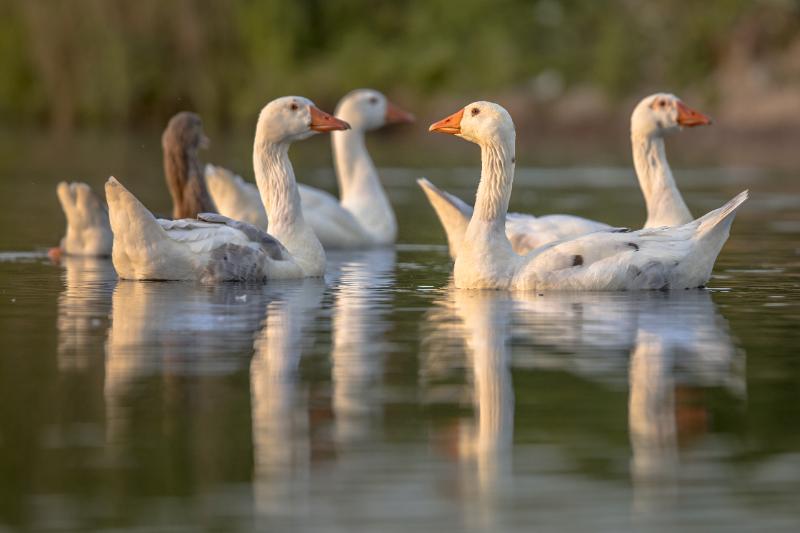
Don’t mess with geese! If they perceive a threat to their goslings, they’ll defend themselves against humans. They adopt an aggressive stance, spread out their wings, stand erect and hiss. If you don’t heed the warning, they might just charge at you, attack with their wings or even bite!
Revelations from Nesting Habits: More Geese Facts
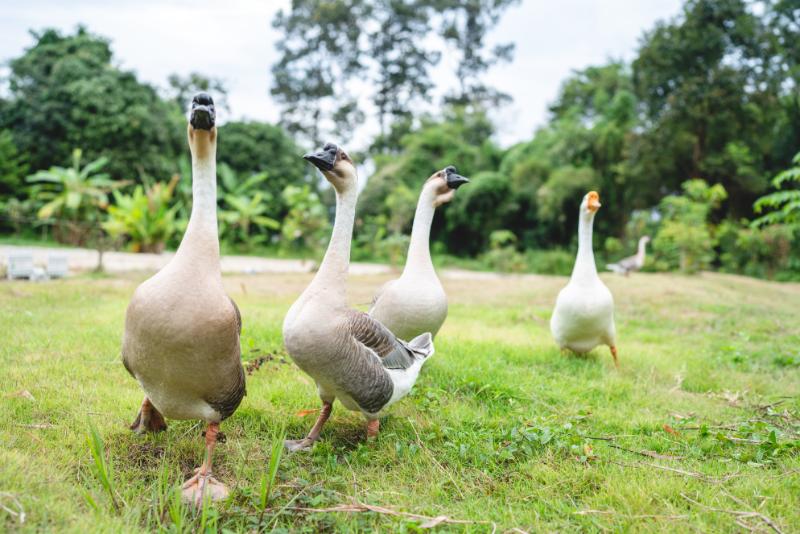
Delving into fascinating Geese Facts around their nesting habits reveals these birds’ strong instincts and intriguing behaviors.
- Fidelity to their Birth Place: Geese will return to their birth place to mate and nest. These birds are known to fly up to 3,000 miles to reach their birthplace. This strong instinct is captivating, isn’t it?
- Defence of Eggs: While both parents protect the eggs, the mother spends more time with the nest. One astonishing fact is how the parents keep their goslings in a straight line, with one parent leading at the front and one guarding from behind.
- Mating for Life: Geese develop strong bonds with their partners and mate for life, unless faced with the loss of a partner.
See Related: The Fascinating World of Female Geese: Understanding Their Roles and Behaviors
Little Details that Count: Unusual Geese Facts
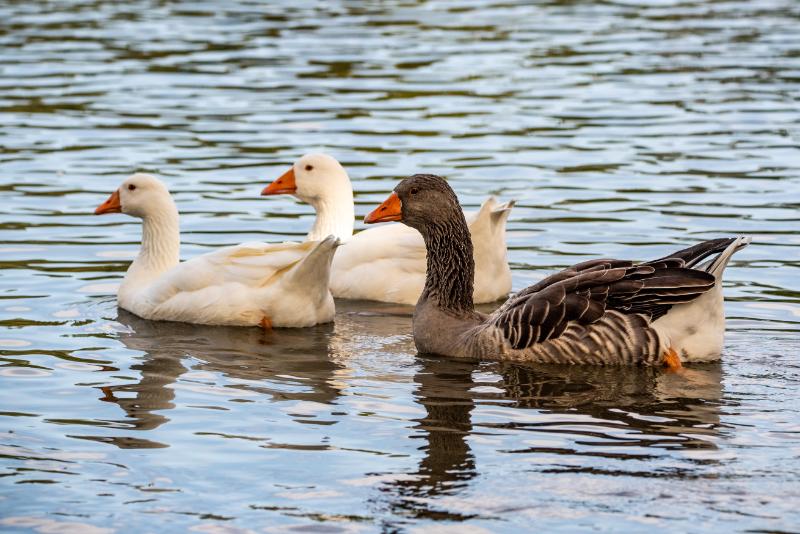
Here are a few more lesser-known Geese Facts – including some quite quirky ones:
- Did you know they molt in June, making them unable to fly during this time? This is why they stay close to water, to flee from predators if needed.
- Ever observed a formation of these flying creatures? They’re called a ‘skein’ or a ‘wedge’.
- Not fans of migration – that’s right! Some flocks may choose to stay put through the winter, given sufficient food supply.
- Believe it or not, geese are considered pests in some places – especially golf courses, beaches and parks!
It’s amazing how every bird species has a fascinating tale to tell. From these Geese Facts, we gain a whole new level of appreciation for these intelligent and determined creatures.
Related Resource: